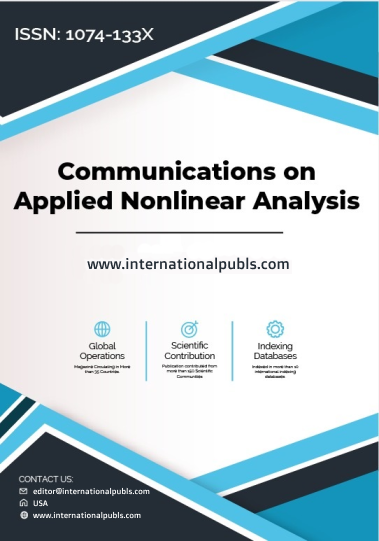Integrating Machine Learning Approaches for Predictive Analysis of Heart Disease Risk Factors
Main Article Content
Abstract
As one of the leading causes of global mortality, heart disease underscores the critical need for precise and effective predictive models that can identify individuals at heightened risk. This research focuses on predictive analysis of heart disease, employing machine learning techniques that utilize a comprehensive set of clinical parameters, including age, sex, chest pain type (cp), resting blood pressure (trestbps), serum cholesterol levels (chol), fasting blood sugar (fbs), resting electrocardiographic findings (restecg), maximum heart rate achieved (thalach), exercise-induced angina (exang), ST depression (oldpeak), slope of the ST segment (slope), number of major coronary vessels (ca), thalassemia (thal), and target classification. Several machine learning algorithms are implemented and rigorously evaluated—namely Random Forest, Random Tree, SMOreg, Multilayer Perceptron, Linear Regression, and REP Tree. To measure the predictive performance of these models, key metrics such as the Correlation Coefficient, Mean Absolute Error (MAE), Root Mean Squared Error (RMSE), Relative Absolute Error (RAE), and Root Relative Squared Error (RRSE) are utilized. The findings underscore the effectiveness of machine learning methodologies in predicting heart disease, emphasizing the critical role of algorithm selection and parameter optimization in enhancing predictive performance and accuracy.
